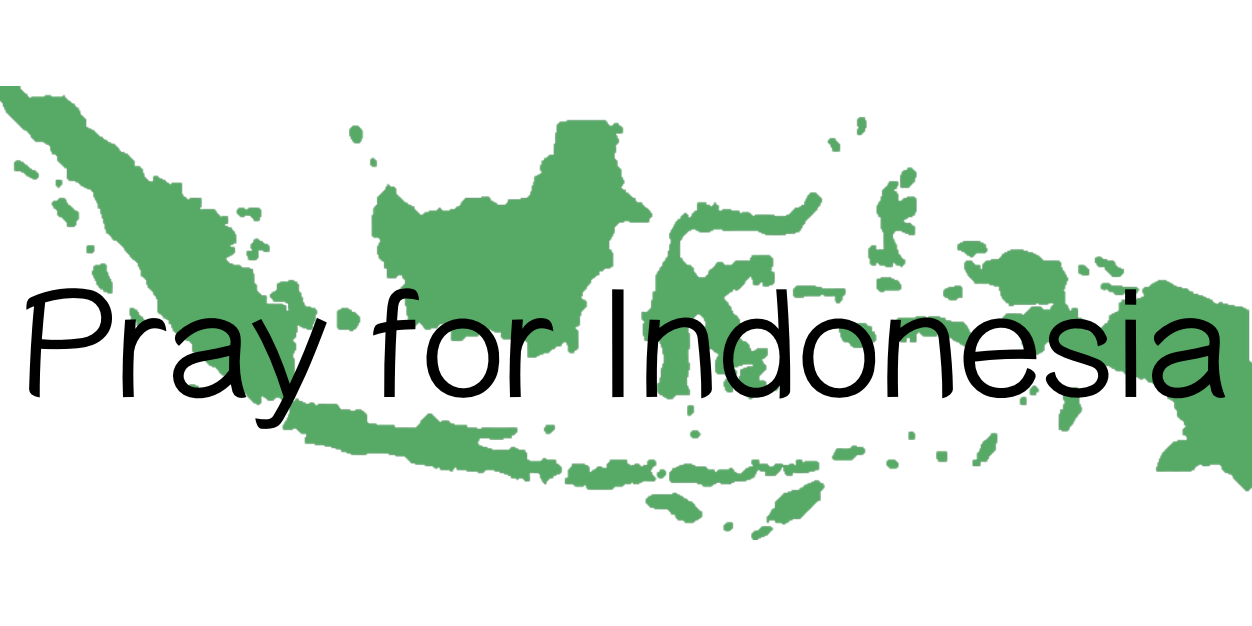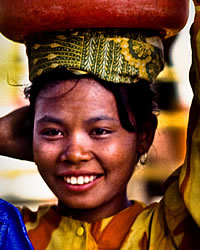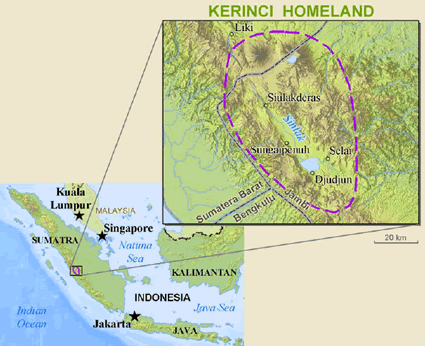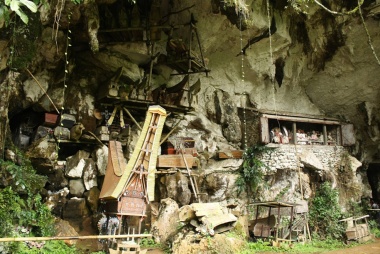The Lord is king!
Let the earth rejoice!
Let the farthest coastlands be glad.
Psalm 97:1
The Kangean people (population 135,000) live on Indonesia’s Kangean Island, located north of Bali. The island holds great tourism potential. Its beaches on the Java Sea are scenic and unspoiled, and the thick East Kangean forest contains many animals and beautiful birds.
Since 1993 the islands have been the site of natural gas drilling. They are connected to East Java via a 430-kilometer pipeline, most of which runs underwater. However, the Kangean are one of the last 200 or so Muslim people groups of over 100,000 with no organised effort to establish a community of believers.
They use the Kangean language which is close to the Madura language. The major religion is Muslim, no Christians at all in this people group. They don’t have any medias – audio, nor written – of the Gospel. They are the Least-Reached people group in Indonesia.
Bible Translation is needed for this group. They need to know about the Love of God for their life, the Word of Living God can change their life, turn them into God’s worshippers.
Resource:
Would you pray for the Kangean People?



